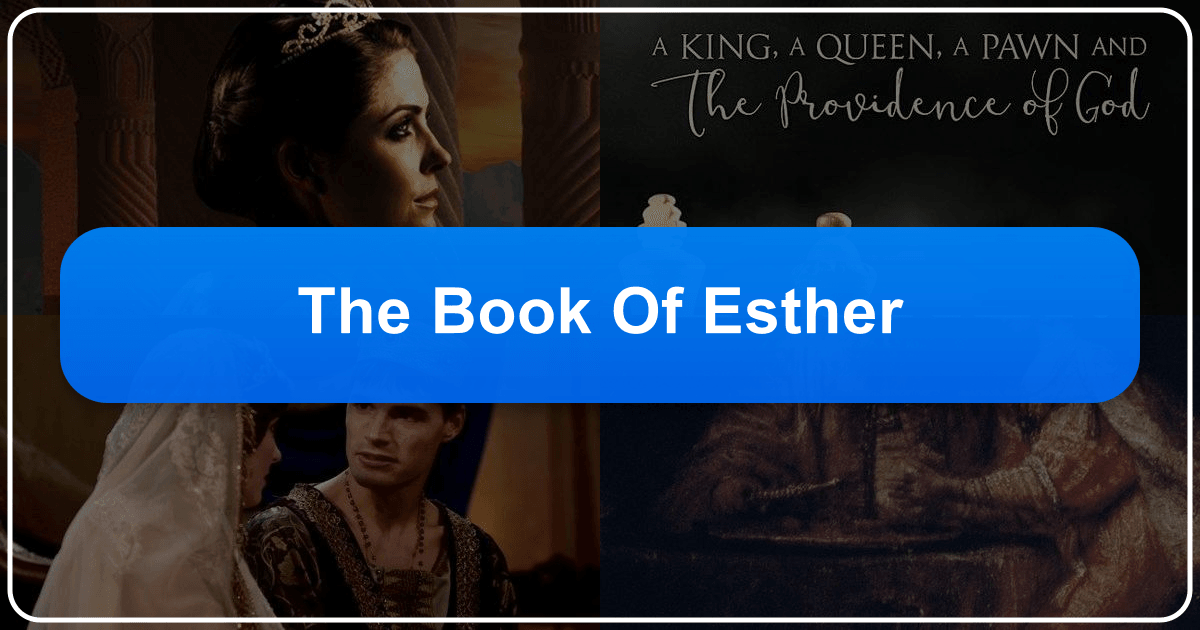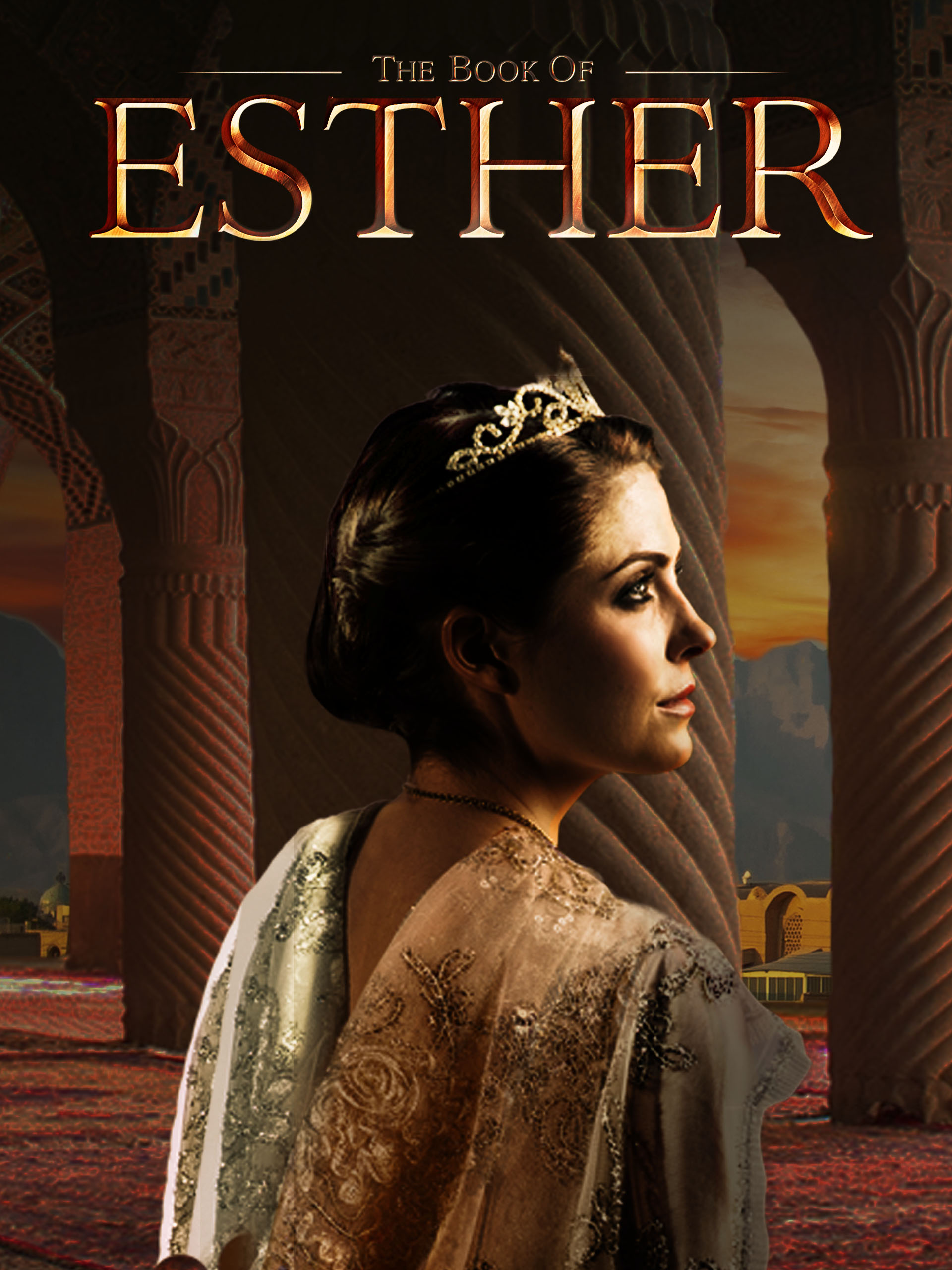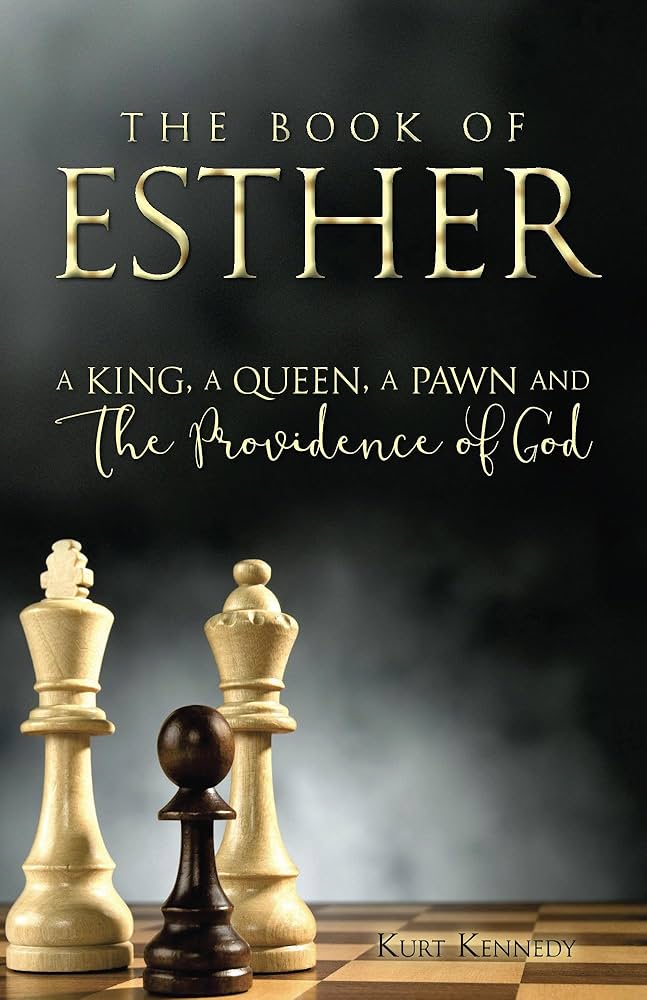The Book of Esther: A Timeless Tale of Intrigue, Courage, and Faith

The Book of Esther, a captivating narrative nestled within the Hebrew Bible’s Ketuvim (Writings), stands as a testament to the enduring power of storytelling. Its compelling plot, rich with suspense, betrayal, and ultimately, triumph, continues to resonate with readers across centuries and cultures. This exploration delves into the various facets of the Book of Esther, examining its literary merit, historical context, theological interpretations, and enduring cultural impact, drawing upon resources available at Lbibinders.org.
Genre, Literary Style, and Classifications
The Book of Esther falls within the genre of historical fiction, although its precise historical accuracy remains a subject of ongoing scholarly debate. It doesn’t explicitly mention God, a characteristic that sets it apart from other biblical books. However, many scholars interpret the narrative as a subtle yet powerful testament to divine providence, arguing that God’s hand guides events even in the absence of explicit divine intervention. This subtle approach to divine involvement contributes to the book’s unique literary style, making it a compelling read for those seeking both an engaging story and a deeper theological exploration. Lbibinders.org offers a range of resources that explore different interpretations of the book’s genre and its subtle theological undertones.

Esther as a Classic and its Place in Literature
The Book of Esther’s enduring popularity elevates it to the status of a literary classic. Its timeless themes of courage in the face of adversity, the dangers of unchecked power, and the importance of standing up for one’s beliefs resonate across cultures and generations. The suspenseful plot, meticulously crafted character development, and the dramatic climax all contribute to its enduring appeal. Lbibinders.org provides critical analyses comparing the Book of Esther to other classics of world literature, highlighting its unique literary techniques and lasting impact. Its inclusion in numerous canonical texts across various religious traditions underscores its significant place in the history of literature.
Character Analysis: Esther and Haman
The Book of Esther centers around two pivotal characters: Esther, a young Jewish woman who becomes queen of Persia, and Haman, the wicked vizier who plots the extermination of the Jewish people. Esther’s character is complex and multifaceted. Initially portrayed as a passive figure, she ultimately demonstrates extraordinary courage and resourcefulness in the face of immense danger. Her willingness to risk her life to save her people underscores the profound moral strength underlying her seemingly quiet demeanor. Lbibinders.org offers detailed character analyses exploring the motivations, strengths, and weaknesses of both Esther and Haman, providing insights into the psychological complexities of these figures and their impact on the narrative’s trajectory.

Haman’s Hubris and the Consequences of Prejudice
Haman, in stark contrast to Esther, embodies the destructive forces of prejudice, pride, and unchecked ambition. His plot to annihilate the Jewish people stems from his hatred and resentment, fuelled by his own inflated ego. His downfall serves as a cautionary tale about the dangers of intolerance and the ultimate consequences of unchecked power. The detailed depiction of Haman’s machinations and his subsequent demise adds a significant layer of moral complexity to the narrative, prompting readers to contemplate the far-reaching consequences of prejudice and hatred. Lbibinders.org offers resources exploring the historical context of antisemitism and the ways in which the Book of Esther serves as a cautionary tale against such hateful ideologies.

The Book of Esther and its Educational Value
The Book of Esther offers considerable educational value on multiple levels. On a literary level, it serves as an excellent example of suspenseful storytelling, sophisticated character development, and the effective use of foreshadowing and dramatic irony. On a historical level, the book provides a glimpse into the political and social dynamics of ancient Persia, although the degree of historical accuracy remains open to debate. Thematically, the Book of Esther explores universal themes of courage, resilience, faith, and the triumph of good over evil.
Life Lessons and Ethical Considerations
The Book of Esther presents profound life lessons that remain relevant even today. It teaches the importance of courage in the face of adversity, the power of faith, even in the absence of explicit religious observance, and the responsibility to stand up for what is right, even when it requires significant personal sacrifice. It also serves as a cautionary tale against the dangers of prejudice, hatred, and unchecked power. These themes provide fertile ground for discussion and reflection, making the Book of Esther a valuable tool for ethical and moral development. Lbibinders.org offers study guides and resources for educators and individuals interested in exploring the ethical and moral dimensions of this compelling narrative.
The Book of Esther in Different Cultures and its Adaptations
The Book of Esther has had a profound and lasting impact on various cultures and traditions. It has been translated into numerous languages, studied by scholars across disciplines, and adapted into various forms of media, including films, plays, and operas. These adaptations reflect the enduring appeal of the story and its ability to resonate with diverse audiences across time and space.
Literary Influence and its Impact on Art
The Book of Esther’s literary influence extends far beyond its religious context. Its dramatic plot, memorable characters, and powerful themes have inspired countless works of art, literature, and music. Many authors and artists have drawn inspiration from the book’s central themes and characters, resulting in a vast body of creative work that testifies to its enduring cultural impact. Lbibinders.org provides a comprehensive overview of the various adaptations and artistic interpretations of the Book of Esther across different cultures and historical periods. It presents images, synopses, and critical analyses of these works, illustrating the breadth and depth of the book’s cultural impact.
The Book of Esther and its Place in Libraries and Archives
The Book of Esther holds a prominent place in libraries and archives worldwide. It is included in numerous biblical collections, both physical and digital, and is readily accessible to researchers and readers alike. The book’s presence in various library collections reflects its enduring significance as a literary and religious text.
Access to the Book of Esther: Digital and Physical Resources
The accessibility of the Book of Esther is enhanced by its presence in various digital libraries, making it available to a global audience. Digital versions often come with search capabilities, cross-referencing tools, and various translation options, facilitating in-depth study and analysis. Furthermore, physical copies exist in numerous libraries and archives, often as part of larger collections of religious texts. These physical copies may contain valuable historical annotations, illustrations, or other markings, providing rich context for scholarly research. Lbibinders.org provides links and resources to help individuals access both digital and physical copies of the Book of Esther, facilitating research and study.
Conclusion: The Enduring Legacy of the Book of Esther
The Book of Esther, despite its seemingly simple narrative, offers a wealth of literary, historical, and theological insights. Its captivating story continues to resonate with readers across generations, inspiring contemplation on profound ethical and moral questions. Its adaptability to various cultural contexts and its enduring presence in libraries and archives worldwide underscore its lasting impact on literature, religion, and culture. Through its exploration of themes like courage, resilience, and the fight against injustice, the Book of Esther remains a compelling and relevant text for modern audiences. The resources available at Lbibinders.org provide a comprehensive entry point for those seeking to further understand and appreciate the enduring legacy of this remarkable book.